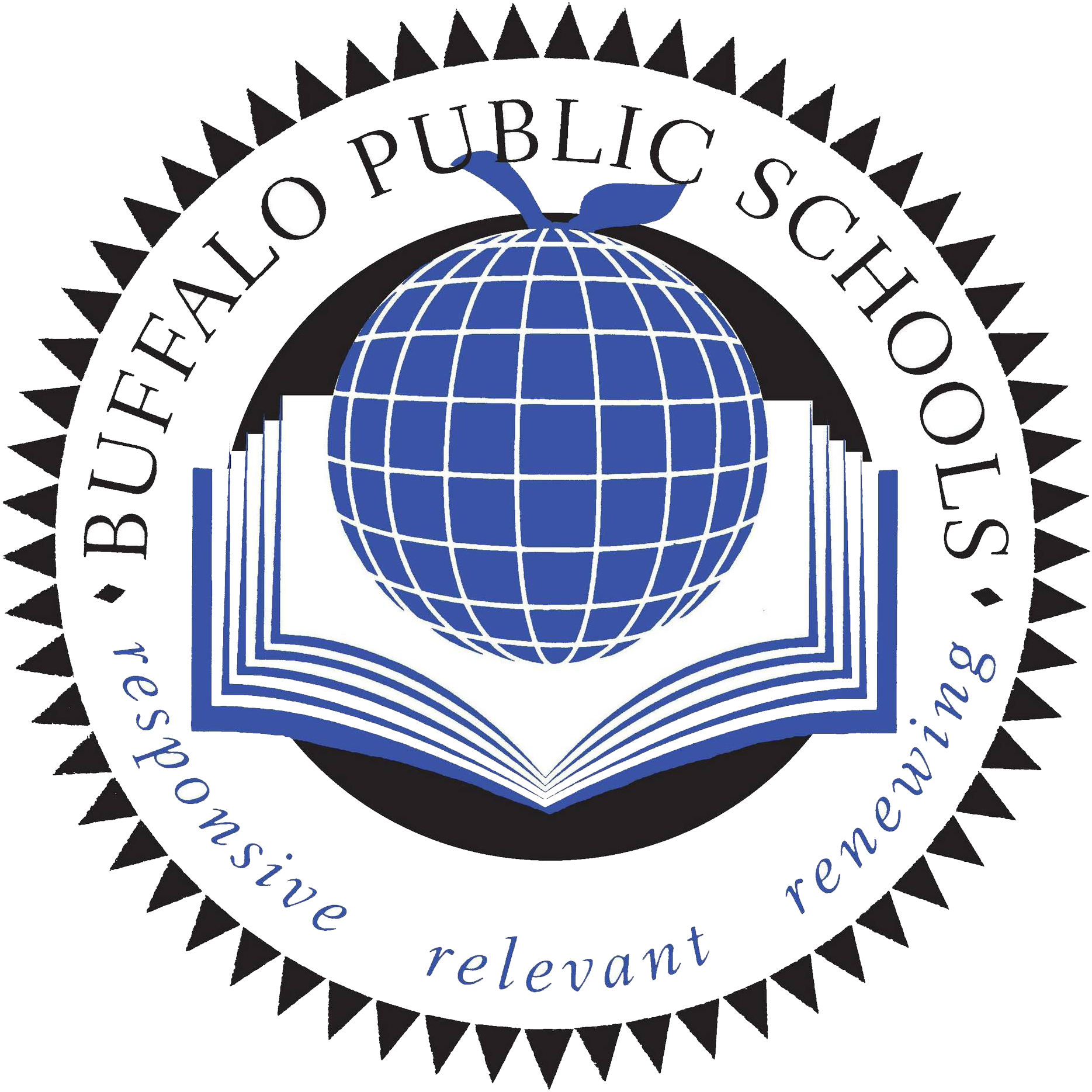Skip to content
DEI Terms & Definitions
DIVERSITY is about numerical representation. The term “diversity” means the practice of including the many communities, identities, races, ethnicities, backgrounds, abilities, cultures, and beliefs of the American people, including underserved communities. These differences can exist along the dimensions of race, ethnicity, gender, language heritage, sexual orientation, socioeconomic status, age, physical abilities, religious beliefs, political beliefs, or other ideologies.
EQUITY is tantamount with fairness and justice. It is consistent and systematic, fair, just, and impartial treatment of all individuals, including individuals who belong to underserved communities that have been denied such treatment. Equity is allocating tools, time, and resources based on an individual’s unique needs to ensure everyone has equal access to opportunities, success, and advancement.
INCLUSION is an active, intentional, and ongoing engagement with diversity. Inclusion is authentically bringing traditionally excluded individuals and or groups into processes, activities and decision/policy making in a way that shares power. It is collective action taken to ensure that all stakeholders feel heard, valued, and respected.
Accessibility refers to the design, construction, development, and maintenance of facilities, information and communication technology, programs, and services so that all people, including people with disabilities, can fully and independently utilize them.
Bias refers to prejudice either in favor of or against a person or group in comparison with another person or group. Biases, conscious or unconscious, may be held by individuals, groups, organizations, or academic institutions and can result in negative or positive consequences. Historically, bias has negatively affected marginalized communities based on race, gender & sexuality, disability, immigration status, citizenship, and language among other differences.
Belonging sits at the center of DEI and is a fundamental human need. It is the degree to which stakeholders believe, experience, and feel that they are accepted by their colleagues and leadership, as well as respected as a valued contributor throughout the district.
Disability, as defined by the Americans with Disabilities Act, is a physical or mental impairment that substantially limits one or more major life activities, which the law defines as including seeing, hearing, eating, sleeping, walking, standing, sitting, interacting with others, and working, among other activities.
Educational Equity means that each child receives what they need to develop to their full academic and social potential.
Gender Identity & Sexual Orientation Related Terms
https://lgbtqequity.org/wp-content/uploads/2023/04/SOGIE-Glossary-4.23.pdf
Intent vs. Impact Intent refers to what you want to do when choosing to perform an action. Impact refers to the actual results of your actions and our behaviors. The resulting impact may not always align with what you intended.
Intersectionality is the complex, cumulative intertwining of social identities which result in unique experiences, opportunities, and barriers. People may use “intersectionality” to refer to the many facets of our identities, and how those facets intersect. Some use the term to refer to the compound nature of multiple systemic oppressions.
Neurodiversity is the idea that neurological differences, such as autism or attention-deficit/hyperactivity disorder (ADHD), are the result of normal, natural variation among humans.
Underserved Communities refers to populations sharing a particular characteristic, as well as geographic communities, who have been systematically denied a full opportunity to participate in aspects of economic, social, and civic life. Individuals may belong to more than one underserved community and face intersecting barriers.
